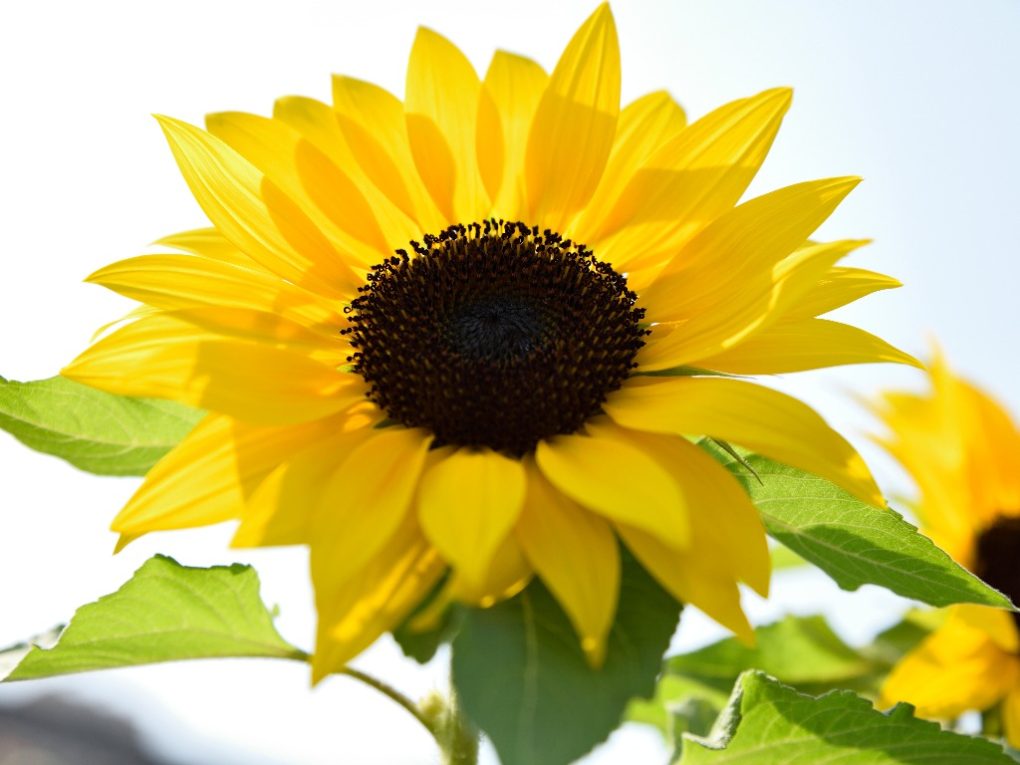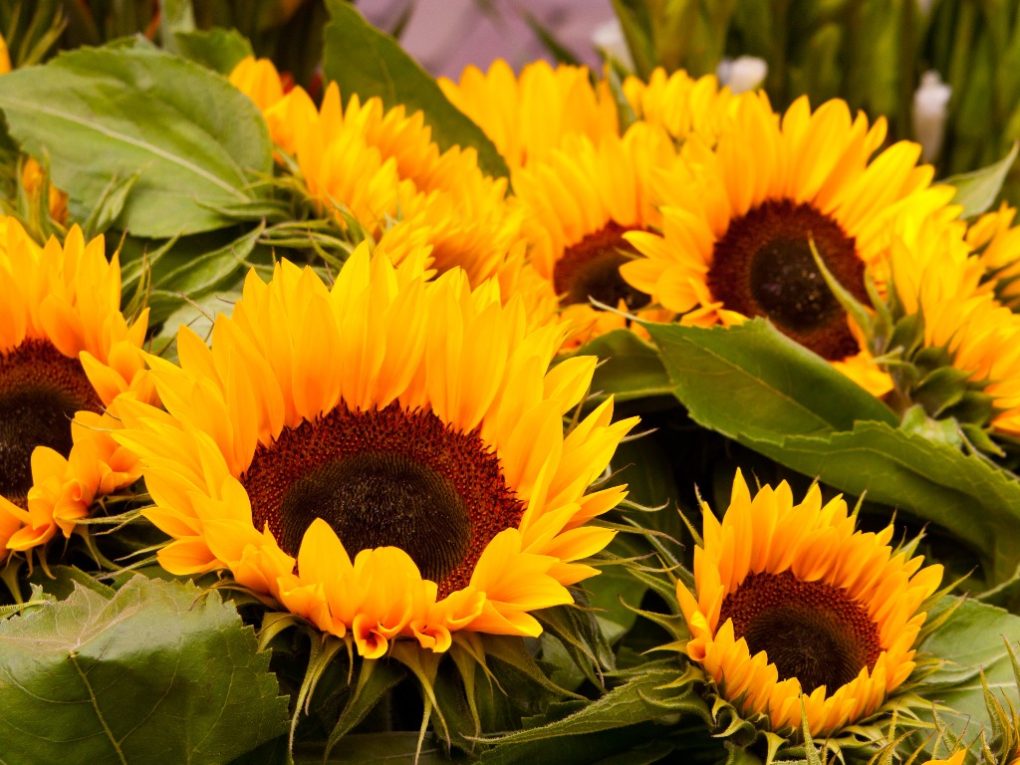Are Sunflowers Annual or Perennial: Understanding the Lifespan of Your Favorite Flowers
Some sunflowers are annual, while some are perennial. Annual sunflowers, such as Helianthus annuus, must be replanted yearly. They have a single deep taproot, one main stem with others coming off of it, and usually have a large seed head with large seeds.

Perennial sunflowers like Helianthus multiflorus will return from the same plant every year. They have a fibrous root system, multiple stems, and smaller seed heads with smaller seeds.
While some sunflowers are annual or perennial, others can be more confusing. For example, some varieties may act as annuals in certain climates or growing conditions, while others may behave as perennials.
Table of Contents
Types of Sunflowers
Annuals
Annual sunflowers are the most commonly grown type of sunflower. These sunflowers grow from seed and complete their life cycle within a year. They are easy to grow and come in various sizes and colors.
Annual sunflowers add color to your garden and attract pollinators such as bees and butterflies. They are also popular for cut flower arrangements. Annual sunflowers typically have a single stem with a large seed head at the top, and they produce many seeds that can be harvested for eating or planting.

The flowers of annual sunflowers are large and showy, with a characteristic yellow or orange color and a dark center disk made up of numerous small flowers. Some cultivars may also have bi-colored or multi-colored flowers.
Annual sunflowers are easy to grow and maintain, making them popular among gardeners. They are also fast-growing, producing large, showy flowers that brighten any garden or landscape. Additionally, annual sunflowers attract pollinators like bees and butterflies to your garden.
Another advantage of annual sunflowers is that they are typically less expensive than perennial varieties. They also tend to have a longer blooming period, which means you can enjoy their beautiful flowers for a longer period.
However, one of the main disadvantages of annual sunflowers is that they only live for one season. This means you must replant them every year if you want to enjoy their beauty. Additionally, annual sunflowers tend to have shallow roots, making them more susceptible to drought and other environmental stresses.
Perennials
Perennial sunflowers are sunflowers that live for more than a year. They are a great choice for gardeners who want to enjoy sunflowers year after year without replanting them. Perennial sunflowers come in various sizes and colors, and they are known for their long blooming period.
The leaves of perennial sunflowers are usually green and arranged alternately on the stem. They can vary in size and shape, with some species having narrow, lance-shaped leaves while others have larger, heart-shaped leaves. The flowers of perennial sunflowers are similar to those of annual sunflowers, with a characteristic yellow or orange color and a dark center disk.
Perennial sunflowers are grown for their ornamental value and are commonly used in cut flower arrangements. They can also be a food source for wildlife, as the seeds are rich in protein and fat and are a favorite of birds and squirrels.

Perennial sunflowers are generally more drought-tolerant than annual varieties, thanks to their deeper roots. They require less maintenance than annual varieties, making them a great choice for busy gardeners.
Another advantage of perennial sunflowers is their longer blooming period than annual varieties. This means that you can enjoy their beautiful flowers for a longer period.
One of the main disadvantages of perennial sunflowers is that they tend to be more expensive than annual varieties. Additionally, they can be more difficult to grow and maintain, especially for novice gardeners. Finally, perennial sunflowers spread quickly and can become invasive if not properly managed.
| Annual Sunflowers | Perennial Sunflowers | |
| Life Span | One season | Multiple seasons |
| Roots | Shallow | Deeper |
| Maintenance | Low | Low to moderate |
| Blooming Period | Shorter | Longer |
| Cost | Less expensive | More expensive |
| Invasiveness | Low | High |
Sunflower Cultivation
Annuals
Annual sunflowers are relatively easy to grow and maintain. Here are some tips for cultivating annual sunflowers:
- Choose a sunny location with well-drained soil. Sunflowers thrive in full sun and prefer soil that is not too wet.
- Plant the seeds directly in the ground after the last frost. The seeds should be planted about half an inch deep and 6 inches apart.
- Water the sunflowers regularly, especially during dry periods. However, be careful not to overwater them, as, based on my experience, this can lead to root rot.
- Deadhead the sunflowers regularly to encourage more blooms.
- Harvest the sunflowers when the back of the flower head turns yellow, and the seeds are plump and brown. Cut the flower head off with a sharp knife or scissors, leaving a few inches of stem attached.
Perennials
Perennial sunflowers can be more challenging to grow than annual sunflowers, but they are worth the effort. Here are some tips for cultivating perennial sunflowers:
- Perennial sunflowers prefer a location with full sun and well-drained soil. They are also generally more tolerant of different soil types than annual sunflowers.
- Plant the sunflowers in the spring or fall, depending on the variety. Follow the planting instructions on the seed packet or plant label.
- Fertilize the sunflowers with a balanced fertilizer during the growing season. This will help to promote healthy growth and blooming.
- Water your perennial sunflowers deeply but infrequently, giving them about an inch of water weekly.
- Divide the sunflowers to prevent overcrowding and promote healthy growth.
- Provide support for taller varieties. Some perennial sunflowers can grow up to several feet tall and may need staking or support to prevent them from toppling in high winds or rain.
